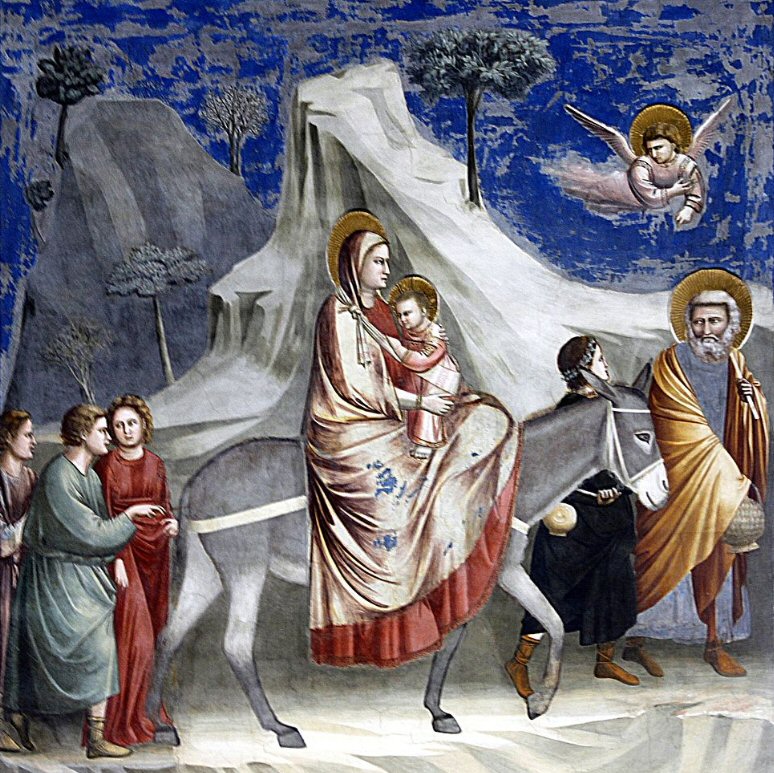
The Coptic Calendar
The exact date of the origin of the Coptic calendar is unknown, but it is believed that Imhotep, the supreme official of King Djoser C.2670
 The flight of the Holy Family to Egypt: "And when they [the wise men from the east] were departed, behold the angel of the Lord appeareth to Joseph in a dream, saying, Arise, and take the young child and his mother, and flee into Egypt, and be thou there until I bring thee word; for Herod will seek the young Child to destroy Him. When he arose, he took the young Child and His mother by night and departed into Egypt; and was there until the death of Herod that it might be fulfilled which was spoken of the Lord by the prophet, saying, Out of Egypt I called My Son" (Matt. 2:13-15).
The flight of the Holy Family to Egypt: "And when they [the wise men from the east] were departed, behold the angel of the Lord appeareth to Joseph in a dream, saying, Arise, and take the young child and his mother, and flee into Egypt, and be thou there until I bring thee word; for Herod will seek the young Child to destroy Him. When he arose, he took the young Child and His mother by night and departed into Egypt; and was there until the death of Herod that it might be fulfilled which was spoken of the Lord by the prophet, saying, Out of Egypt I called My Son" (Matt. 2:13-15).